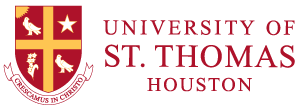Technology permeates almost every activity in our lives, and arguably, this revolution has been propelled by advances in computing technologies. As Bjarne Stroustrup, the inventor of C++ states: “Our civilization runs on software.” From small sensors and smart phones to super computers and cloud technologies, at the core of this revolution are the advancements in software and hardware.
The UST Bachelor of Science in Computer Science program prepares students for careers in technology, equipping them with a vast skillset including:
- Programming, data structures, and algorithms analysis
- Software development and engineering
- Computer architecture, IoT, and sensors
- Networking and security
- Operating Systems and cloud computing
- Databases, distributed systems, and data science
- Mathematics and statistics
- Research experiences
